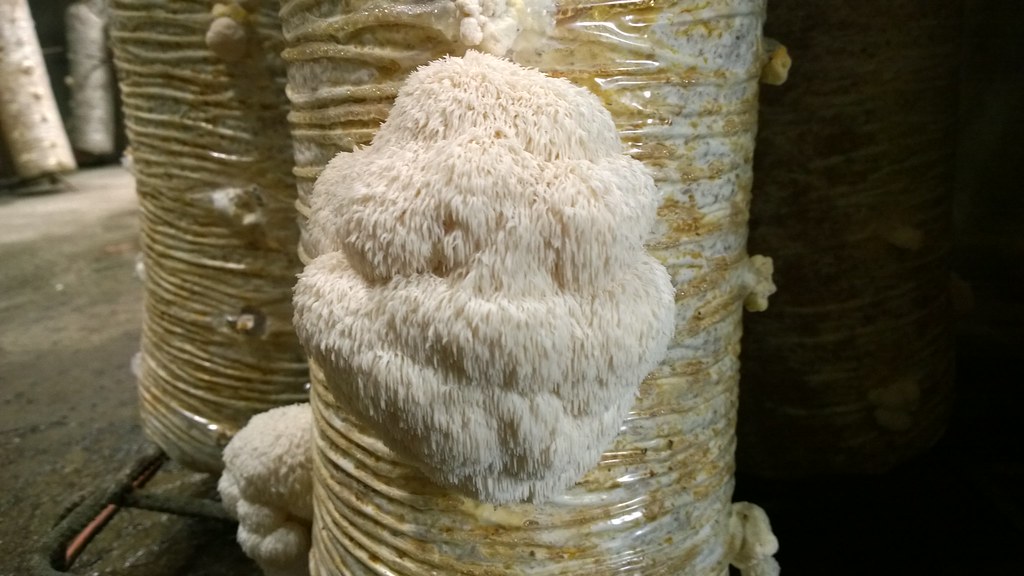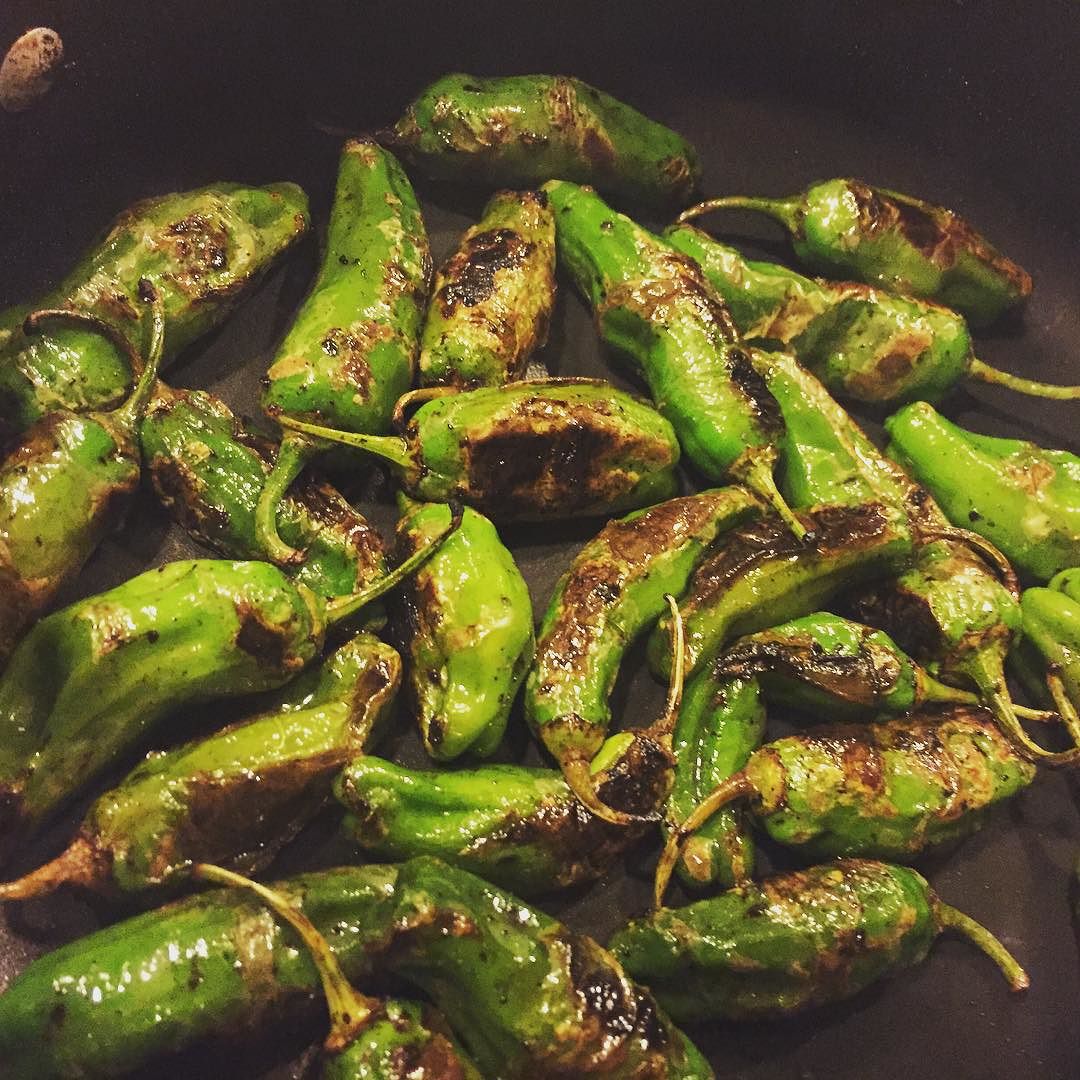Proposal for Co-operative Businesses at Lakewood Property
Overview
The Lakewood Property holds significant potential to host diverse co-operative business ventures that can benefit the local community and create sustainable economic opportunities. Below are a few proposed ideas, each with unique contributions to community well-being, economic growth, and environmental sustainability. Please excuse the stock images. This is a lo-fi website.
Horticultural Cultivation and Marketing

Concept:
- Establish a co-operative business focused on growing mushrooms, exotic houseplants, and/or microgreens.
- Market these high-demand, nutritious (or beautiful) products to local grocery stores, restaurants, and vendors.

Benefits:
- Economic: Generates revenue through the sale of premium, locally-grown produce.
- Environmental: Promotes sustainable agricultural practices with minimal land and water use.
- Community: Provides fresh, healthy food options and potential employment opportunities.
- Personal: the resident already naturally does this, so we just need to attract buyers.
Implementation:
- Convert an area of the property into a growing space. Utillize vertical wallspace for houseplants. Install greenhouse in yard.
- Use sustainable growing practices such as hydroponics for microgreens and organic substrates for mushrooms.
- Create community through outreach, events, regular meetups, and form partnerships and/or clientele.
-
To grow lion’s mane mushrooms in a bucket, you can drill holes in the bucket for ventilation and fruiting, then add a substrate and spawn:
- Drill holes: Use a hole saw attachment or 1/4 in drill bit to cut 1–2 in holes near the top of the bucket, about 4–6 in apart. Larger holes will produce larger fruiting bodies, while smaller holes will produce smaller ones.
- Prepare the bucket: Wash the bucket and lid with warm, soapy water.
- Add substrate: You can use hardwood sawdust, bran, soy hulls, or sterilized straw. Hydrate wood chips to about 60% capacity, then layer them in the bucket, about 1.5 in thick.
- Add spawn: Mix grain spawn into the substrate, ensuring even coverage. You can also add a half tablespoon of gypsum to each bag to encourage colonization.
- Colonize: Place the bucket in a cool, dark place and let it colonize.
- Trigger fruiting: Put the bucket inside a second, unholed bucket, then remove the inner bucket when the spawn has colonized the substrate. The oxygen will trigger fruiting.
- Harvest: Harvest the lion’s mane before it turns yellow and mushy. You can gauge when to harvest by the length of its teeth, since it doesn’t have a cap
Kirtan Singing and Community Referrals Club
Concept:
- Create a community hub centered around kirtan singing and spiritual practices.
- Refer participants to the Strasburg retreat land for extended retreats and team-building events.
- Network between different service and goods providers and become referrals in our mobile market.
- If people have services or products, we can host a market/trade situation during these gatherings

Benefits:
- Social and Spiritual: Fosters a sense of community through spiritual service.
- Economic: Attracts participants who will be called to donate to the community events. Creates a network of people who might want to buy horticultural products or any other services offered by the co-operative housemates
- Cultural: Create spiritual culture and provide musical and bhakti enrichment through music.
Implementation:
- Establish a regular schedule of kirtan and community gatherings where we can freely discuss metaphysics.
- Network with people in the wellness and community-building fields. Attract seekers, and be of service.
Caretaking Services

Concept:
- Develop an eldercare co-operative that provides compassionate care for the elderly.
- Offer services including organization, cleaning, cooking, medication, hygiene, companionship, and crowd control (holding space and respecting boundaries) during end-of-life.
- Incorporate green burial services, plant sacraments, and ceremony as part of their life-to-thereafter support.
Benefits:
- Social: Addresses the growing need for eldercare and provides dignified end-of-life options.
- Economic: Creates job opportunities and can be financially sustainable through service fees and insurance reimbursements.
- Environmental: Promotes eco-friendly burial practices that are gentle on the environment.
Implementation:
- Train team members in eldercare, end-of-life conversational skills, memory care strategies, organizing, cooking, and caretaking skills.
- Create bookkeeping system for caretakers to get compensated.
- Establish a network of clients through local healthcare providers and community centers.
- Develop a support system for caretakers and ensure high standards of compassionate care.
Retreating at the Land
Immediate goal
- Focus on setting up basic infrastructure at the Strasburg retreat land, including shade, water, irrigation, and a plant/shrub nursery. Lay foundation for dug-out greenhouse.
- Develop eco-houses, container homes, or simple Van-Life infrastructure to meet basic needs.
- Develop small concepts (functional exercises, archery, nerf, paintball, gymnastics, martial arts, etc.) Host small events prototyping facilitation of such offerings, which eventually is compiled into a vast menu of retreat-workshop-event menu.
Benefits:
- Environmental: Promotes sustainable living and environmental stewardship. Builds up self-sufficiency and inter-reliance with local neighbors, becoming resilient and local.
- Economic: Supports eco-tourism and sustainable retreats, attracting visitors. Providing services (such as referral programs, alternative healing modality testing space, and land to lease for agricultural endeavors.
- Social: Provides a space for community gatherings, retreats, camps, workshops, ceremonies, and educational events.
Implementation:
- Prioritize the establishment of essential infrastructure such as water systems, shade structures, and sustainable housing.
- Create outdoor communal areas like kitchens, lounges, and bathrooms to support VanLife and eco-tourism.
- Develop a plant/shrub nursery to support local reforestation and landscaping projects.
Sustainable Agriculture Ideas
Infused Oils! This idea came about when I learned about the benefits of St. John’s Wort, but using it as a treatment option was unaffordable due to the amount one needs to apply for the chronic pain I was experiencing in my joints and neck. Cultivating and pressing St. John’s Wort into oil unlocks its full potential, providing a potent remedy for various ailments, including anxiety, burns, inflammation, depression, and skin conditions.
As I learned about the two year flower cycle of St. John’s wort, I realized that we could grow other things alongside it. While awaiting the St. John’s Wort flowers to bloom, why not harness the healing properties of other herbs like lavender? Lavender-infused oil offers its own array of therapeutic benefits, from promoting relaxation and sleep to soothing skin irritations and headaches. You could sell the herb fresh, dried, or infused! Other herbs that could also be grown for pressing include:
Lavender: Besides its culinary uses, this aromatherapeutic flower has calming and relaxing effects and reduces anxiety, insomnia, and agitation. It may help with alopecia when massaged into the scalp. Its antibacterial and antifungal properties are also useful for fungal infections, eczema and acne. It needs full sun exposure, well-drained, slightly alkaline soil (ph. 6.7-7.3). Planted 12-18 inches apart for adequate air circulation, and watered well when young, it is drought-tolerant once established. Pruning woody stem back by 1/3 in early spring encourages new growth and better flowering. English lavender varieties, such as Lavandula angustifolia and Lavandula stoechas, are ideal for Colorado gardens, as they can survive the winter with minimal care. Spanish and french types are not hardy in Colorado, and better suited for container growing in terracotta pots and brought indoors to a sunny window during colder months, or to be treated as annuals.
Chamomile: Known for its calming properties, chamomile-infused oil can help alleviate stress, anxiety, and insomnia, as well as soothe skin irritations and inflammation. It is well-suited to Colorado plains climate, preferring full sun and well-drained soil. It’s hardy and can tolerate dry conditions once established.
Calendula: With its anti-inflammatory and antimicrobial properties, calendula-infused oil is excellent for promoting wound healing, soothing skin conditions like eczema and dermatitis, and relieving muscle soreness. Drought-tolerant, prefers full sun, and attracts beneficial insects.
Peppermint: Peppermint-infused oil provides cooling relief for headaches, muscle aches, and digestive discomfort, making it a versatile addition to your herbal oil collection. It is a hardy perennial herb that can tolerate a wide range of growing conditions. It spreads quickly, so best kept in containers!
Eucalyptus: Eucalyptus-infused oil offers respiratory support, eases congestion, and provides relief from sore muscles and joints, making it a staple during cold and flu season. In Colorado we would have to grow this indoors. St. John’s wort would also have to be grown indoors in a raised bed because of it’s ‘class c noxious weed’ classification, but it is well worth the investment, in my opinion! It’s medicine!
Rosemary: Rosemary-infused oil stimulates circulation, promotes hair growth, and enhances cognitive function, making it a valuable addition to your herbal medicine cabinet. This, too, would have to be grown indoors and protected from the colder temperatures. It prefers a Mediterranean climate, as well as well-drained soil.
By cultivating and pressing a variety of herbs into oils, you can create a diverse range of natural remedies tailored to your specific needs. Whether you’re seeking relief from physical discomfort, emotional stress, or skincare woes, herbal-infused oils offer a gentle, holistic approach to wellness. Embrace the power of nature and unlock the healing potential of medicinal herbs today!
Pepper Farm & Mobile Market

Concept:
Establish a shishito pepper farm on the Lakewood Property and sell roasted shishito peppers with a sweet soy sauce glaze at local events and weekend evenings. This venture combines sustainable agriculture with mobile food sales to generate revenue and foster community engagement. Using a van or bus, we can go to different locations and sell not only food products, but community-sourced products (soaps, jewelry, services, mushrooms, etc.)
Benefits:
- Economic: Generates income from direct sales, and benefits community network through referrals.
- Community: Engages various communities through outreach.
- Sustainability: Promotes organic farming practices, community co-operative practices, and eco-friendly/socially conscious endeavors promoted.
Implementation:
- Farm Setup and Cultivation:
- Site Selection: Choose a sunny, well-drained area on the property.
- Soil Preparation: Test and amend soil, install drip irrigation.
- Planting: Start seeds indoors, transplant outdoors after frost, and maintain regularly.
- Harvesting and Processing:
- Harvest: Pick peppers when they are 3-4 inches long.
- Processing: Clean and store peppers until ready for roasting.
- Mobile Sales and Marketing:
- Setup: Invest in a food truck or cart, obtain necessary permits.
- Roasting and Glazing: Roast on-site, toss in sweet soy sauce glaze.
- Sales Strategy: Target local events and weekend evenings, use social media for promotion.
- Community Engagement:
- Farm Tours and Workshops: Offer educational tours and workshops.
- Local Collaborations: Partner with restaurants and grocery stores for additional revenue and community events.
These co-operative business ideas leverage the unique assets of the Lakewood Property to create sustainable, community-focused ventures. By diversifying the types of businesses hosted on the property, we can maximize its potential to contribute to the local economy, provide essential services, and promote environmental stewardship. Each proposed venture offers a unique blend of social, economic, and environmental benefits, ensuring a holistic approach to community development and sustainability.
